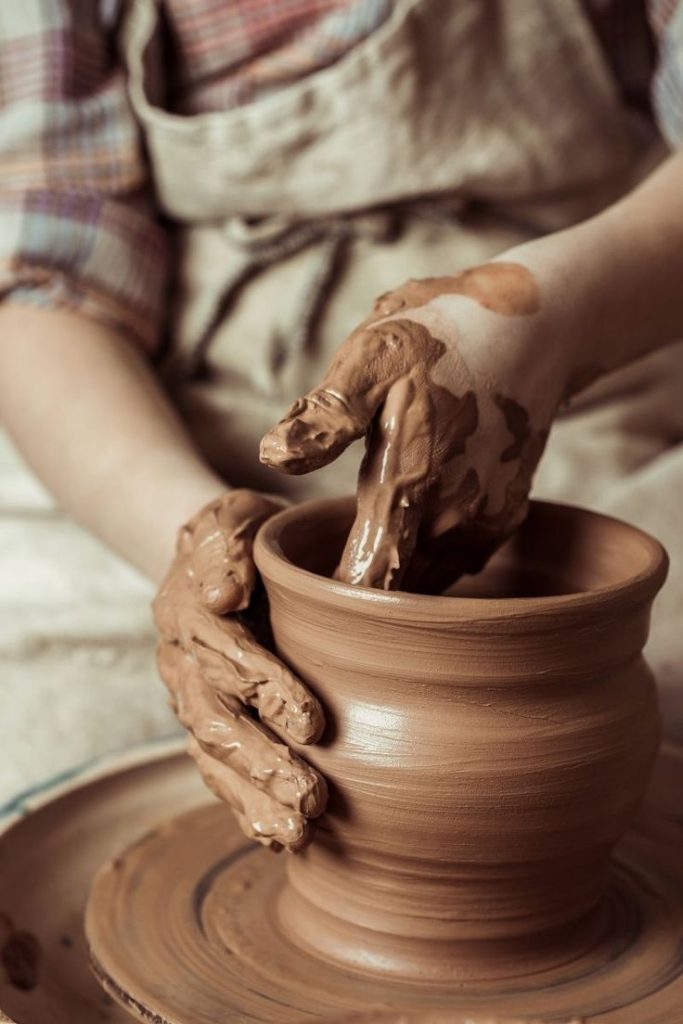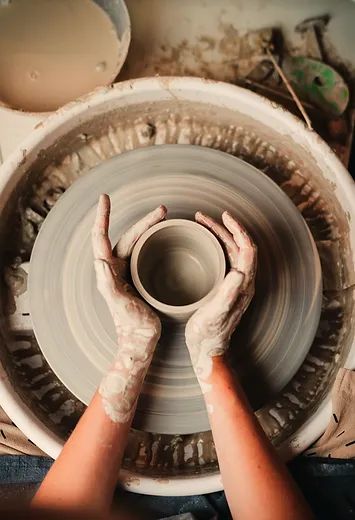Bogura: A Heritage Hub of Pottery and Culture
Nestled in the northern region of Bangladesh, Bogura is a district teeming with history, tradition, and cultural pride. Renowned as the "gateway to North Bengal," Bogura boasts a rich heritage that has been shaped over centuries. Among its many treasures, Bogura stands out for its extraordinary pottery and cultural significance—a legacy that connects its people to ancient traditions while inspiring modern creativity.
The artistry of Bogura's pottery and its vibrant cultural fabric are not just a testament to its past but a beacon for its future. This blog takes you on a journey through Bogura, exploring how its pottery industry and cultural heritage remain intertwined with the soul of this historic district.
The Roots of Pottery in Bogura
Pottery in Bogura is not merely a craft—it is an art form steeped in history. The roots of pottery-making in this region date back to ancient civilizations that flourished along the banks of the Karatoa River. Clay, abundant in this fertile land, became a medium through which artisans expressed their creativity and met everyday needs.
Generations of potters, known locally as kumars, have honed their skills to create exquisite pottery that is both functional and ornamental. From simple earthen pots for storing water to intricately designed decorative pieces, the pottery of Bogura reflects the region’s resourcefulness and artistic finesse.
The process begins with sourcing high-quality clay from the region’s riverbanks. This clay, soft yet durable, is carefully shaped on traditional potter’s wheels—a sight that symbolizes Bogura's enduring connection to its heritage. Skilled hands mold the clay into a variety of shapes, which are then baked in kilns to achieve the desired strength and finish. The result? Masterpieces that blend tradition with timeless utility.
Pottery as a Cultural Symbol
Pottery in Bogura transcends mere craftsmanship; it is a cultural symbol that embodies the essence of rural life. Earthenware items such as matir hari (clay pitchers), shora (clay plates), and oil lamps are integral to Bengali households and rituals. Whether it’s a wedding ceremony or a harvest festival, pottery plays an essential role in cultural celebrations.
Beyond functionality, pottery also carries stories of community life. The art form has been passed down through generations, with families of potters preserving their ancestral techniques while adding innovative touches. Each piece of pottery tells a story of resilience, creativity, and cultural pride.
Bogura’s Cultural Landscape
Bogura’s rich cultural heritage extends beyond pottery. The district is home to the Mahasthangarh archaeological site, one of the oldest urban settlements in South Asia. This ancient city, believed to date back to the 3rd century BCE, stands as a testament to Bogura's historical significance. The site attracts historians, archaeologists, and tourists alike, eager to explore its ruins and discover its stories.
The cultural landscape of Bogura is further enriched by its vibrant folk traditions, including music, dance, and festivals. Folk songs such as bhawaiya and baul resonate with the spirit of rural life, while traditional dance forms captivate audiences with their rhythmic beauty. Festivals like Nabanna Utsab, celebrating the harvest season, showcase the harmonious relationship between Bogura’s people and their land.
The Challenges Facing Pottery in Bogura
Despite its historical and cultural importance, Bogura’s pottery industry faces numerous challenges in modern times. Industrialization and the availability of cheaper, mass-produced alternatives have impacted the demand for handmade pottery. Additionally, many artisans struggle with limited access to resources, markets, and financial support, making it difficult to sustain their craft.
Climate change poses another significant threat. Changes in weather patterns and river erosion affect the availability and quality of clay, putting the livelihoods of potters at risk. Without proper support and recognition, the rich tradition of pottery in Bogura could face gradual decline.
Preserving Bogura’s Pottery Heritage
To preserve and promote Bogura’s pottery industry, collective action is essential. Government initiatives, NGO programs, and individual efforts must come together to support local artisans. Providing training, access to modern tools, and marketing platforms can empower potters to adapt to changing times while maintaining the essence of their craft.
Tourism can also play a vital role in reviving the pottery industry. Cultural tours that highlight Bogura’s pottery-making process, combined with the promotion of Mahasthangarh and local festivals, can attract visitors from around the world. By purchasing pottery directly from artisans, tourists can contribute to the sustainability of this age-old craft.
A Future Rooted in Tradition
Bogura’s pottery and culture are more than relics of the past—they are a living, breathing part of its identity. The district’s artisans, with their dedication and skill, continue to create works that connect us to our roots while adapting to the needs of a changing world.
Preserving Bogura’s heritage is not just about safeguarding its history; it’s about celebrating the creativity and resilience of its people. Through collective efforts and a shared appreciation for its cultural wealth, Bogura can continue to shine as a heritage hub of pottery and culture, inspiring generations to come.






